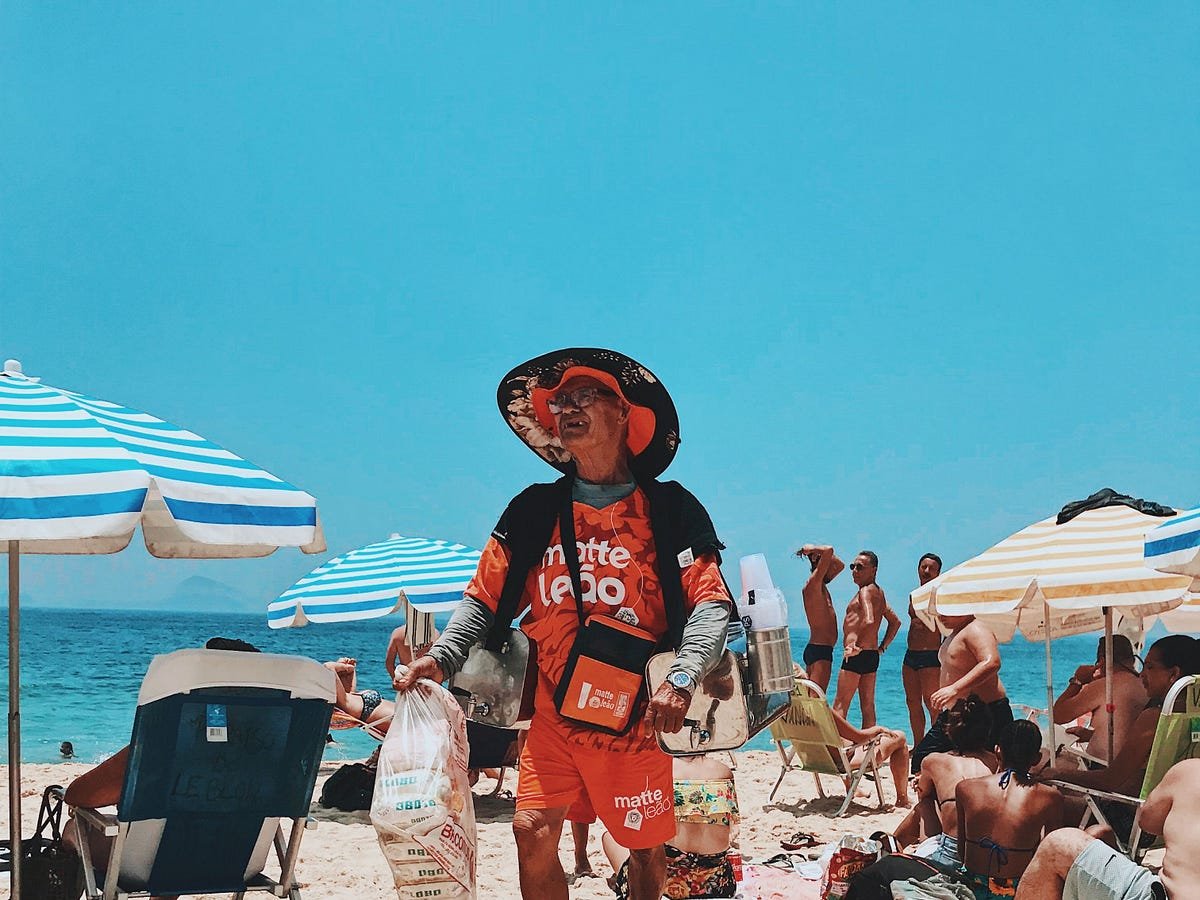5 of the Most Dangerous Things in the Amazon Jungle and How to Protect Against Them
The Amazon Rainforest is one of the most beautiful and biodiverse places on Earth, but it is also home to many dangers. From deadly creatures to environmental hazards, travelers must be prepared for the jungle’s risks. Here are five of the most dangerous threats in the Amazon and how to protect yourself.
Jaguars
Jaguars (Panthera onca) are the apex predators of the Amazon, known for their powerful bite and stealthy hunting abilities. While they rarely attack humans, encounters can be dangerous, especially if the jaguar feels threatened or cornered.
How to Stay Safe:
Avoid traveling alone; jaguars are less likely to attack groups.
Be aware of your surroundings and avoid areas where jaguar sightings have been reported.
If you encounter a jaguar, do not run. Instead, maintain eye contact, make yourself look larger, and back away slowly.
Avoid hiking at dawn or dusk when jaguars are most active.
Dengue Fever
Dengue fever is a mosquito-borne disease caused by the Aedes aegypti mosquito, which thrives in the warm, humid conditions of the Amazon. Symptoms include high fever, severe joint and muscle pain, headaches, and rashes. In severe cases, dengue can lead to life-threatening complications like hemorrhagic fever or organ failure.
How to Stay Safe:
Wear long-sleeved shirts and pants to reduce skin exposure.
Use insect repellent with DEET or picaridin.
Sleep under mosquito nets, especially in the early morning and late afternoon when mosquitoes are most active.
Avoid stagnant water sources, as they serve as breeding grounds for mosquitoes.
Bullet Ants
Known for having one of the most painful stings in the insect world, bullet ants (Paraponera clavata) release venom that causes excruciating pain lasting up to 24 hours. The sting has been compared to being shot—hence their name.
How to Stay Safe:
Always check trees, leaves, and vines before grabbing them, as bullet ants often nest in trees.
Wear long sleeves, pants, and insect-repellent-treated clothing.
If stung, apply ice or a cold compress to reduce swelling and pain, and seek medical attention if allergic reactions occur.
Poison Dart Frogs
These small, brightly colored frogs may look harmless, but they secrete potent toxins through their skin. Some species, like the golden poison dart frog (Phyllobates terribilis), carry enough venom to kill multiple humans.
How to Stay Safe:
Never touch or pick up wild frogs, especially those with bright colors.
Wear protective clothing like gloves if handling anything in the jungle, as frogs may have left toxins on leaves or branches.
Stay on well-trodden paths and avoid disturbing the forest floor.
The Sun & Heat Exhaustion
The Amazon’s extreme heat and humidity can quickly lead to dehydration, heat exhaustion, or even heatstroke. Prolonged exposure to the sun can also cause sunburn, which increases the risk of skin cancer and other complications.
How to Stay Safe:
Drink plenty of clean, purified water to stay hydrated.
Wear a wide-brimmed hat, sunglasses, and light-colored, breathable clothing.
Apply sunscreen with a high SPF to protect against UV radiation.
Take frequent breaks in shaded areas and avoid strenuous activities during peak sunlight hours.
The Amazon Jungle is a breathtaking and fascinating place, but it demands respect and preparation. By understanding the dangers and taking the right precautions, you can significantly reduce the risks of encountering harm. Whether it’s avoiding deadly creatures, preventing mosquito-borne illnesses, or shielding yourself from the sun, staying informed is the best way to ensure a safe and unforgettable experience in the world’s largest rainforest.
Top Beach Eats in Brazil
Beaches in Brazil are plentiful and so much so that every Brazilian has their opinion on what is their favourite beach- whereas to a foreigner - they are all nice.
For a Brazilian- you are almost ‘cooler’ the more unknown your favourite beach is.
Some beaches can be in the middle of a city and easy to get to with others further away and harder to access. Some beaches are filled with tourists, others are more local and others have no one at all.
One thing you will find at the busier beaches are the vendors.
Brazil is a country of hustlers that sell anything and everything - everywhere. This can be on a bus, at a traffic stop, on a train and of course, on a beach.
In Rio particularly you will find the most aggressive vendors selling a variety of products. Don’t be shy! It is important to embrace this part of the culture and I am here to tell you what You definitely should buy and what you definitely should avoid.
1.Milho/Corn in butter and salt: A must eat and a beach favourite. You can’t miss these vendors with their push carts that have a large drunk in the center boiling their many heads of corn. Delicious and addictive be sure to cover this beach snack in as much butter and salt as you desire. Sometimes- the better vendors - offer dried onions and parmesan among other delicious add ons ! Expect to pay about 10 reis per bowl .
Milho
2. Quejo Caolho/ Fried Cheese: Be on the look out for the vendors with their small convection BBQs and who are ready to cook you up some cheese! This cheese is comparable to haloumi and is delicious once BBQ’ed over hot coals. Make sure to add some oregano and top it with honey to have the full experience. Expect to pay around 8-10 reis
Quejo Coalho
3. Pão de Alho/ Garlic Bread: The same vendors that sell you Quejo Caolho/Fried Cheese also carry delicious Pão de Alho/Garlic Bread. The Garlic Bread in Brazil is on another level, and is packed with more garlic and flavour than what we as gringos are used to. If you are hungry on the beach make sure to grab yourself one of these. ALSO! do not forget about espetinhos, which follows the same principle of food on a stick - except it is meat. It is omportant to make sure your vendor has fresh looking meat and cooks all his food for a good amount of time. Expect to pay 10-15 reis per unit.
Pão de Alho
4. Mate Leão/ Ice Tea with Lemon: Look for vendors carrying two large silver barrels, one under each arm. These vendors are selling a delicious blend of ice cold ice tea with lemon/lime. One barrel has the ice tea and the other barrel has the lemon mix. This is to cut the sugar and the vendors let you decide on the right mix for you. This drink provides the ultimate refresher on those boiling summer Brazilian summer days. Expect to pay 10 reis for a large glass. ** Tip - get them with Globo chips and dip them in to eat !
Ice Tea Vendor
5. Esfiha: Roaming the beaches you may also find grown adults walking around in long white religious robes. These ‘arab’ dressed individuals are selling Esfiha. Esfiha is a lebanese flat bread usually filled with a type of meat of cheese. This is another great snack on the beach who’sbranding comes off as a bit silly as far as I am concerned. Expect to pay around 15 reis for2 +
WHAT TO AVOID!
Shrimp: I think this goes without saying but if you see these vendors with plates full of shrimp that. have been basking all day in the sun - STAY AWAY
Shrimp Beach Food in Rio
Pre Made Caipirnhas: There will be vendors trolling the beach with large decorated cups selling what seem to be delicious looking pre made caipirnhas, pina coladas and other drinks. Do not let the looks fool you. Usually these drinks will be made with poor quality ice and booze and since you are not there when it is made - avoid this. Order your drinks from the ‘Barraca’/, floating bar, or beach restaurant at the area of the beach you are staying.
Remember, the beach in Brazil is more than a pastime, it is a religion. Get comfortable, find the spot that you like, the vendors that you know and what you like to eat while enjoying your lovely surroundings.
Hope this helps and try and remember our advice for the nexgt time you go to a beach in Brazil.
Cheers













